Across the country, school districts with shrinking enrollments are faced with the question of how to manage facilities that are not fully occupied, and Fort Worth Independent School District (FWISD) is no different. Despite being the country’s fastest-growing city per capita, Fort Worth is experiencing a downward enrollment trend in its largest school district. As fewer students enroll in classes, FWISD leadership has decided to consolidate campuses.
To determine which schools to close and which to keep, FWISD sought community input from residents and community stakeholders. After assessing the condition of all 122 school campuses, their Board of Trustees voted to close 18 schools in stages through 2029, primarily based on:
- Age of buildings
- Cost of maintenance and repair
- Forecasted student enrollment
- How campuses fit into a pyramid of feeder schools and whether boundary adjustments or consolidation would improve efficiency
As these schools are permanently retired, what happens next? The district is currently holding a series of community meetings to solicit input from neighborhood residents to reimagine the potential of these assets. Although these buildings will no longer be in active use as schools, there still may be an opportunity to reinvest in affected neighborhoods by converting underused spaces into hubs for learning, health, and opportunity.
What Is “Adaptive Reuse”?
At its core, adaptive reuse means reimagining existing structures for new purposes. Instead of demolishing a building, making modifications and upgrades can often inspire innovative use, reduce waste, preserve neighborhood character, and continue to serve the public.
To find a “best match” for buildings in a community, it takes a thoughtful and intentional approach such as:
- Asking what services are most needed (for example, a health clinic/center, food access, after-school care, etc.)
- Considering funding available for specific models and the extent of operating support needed to sustain it
- Seeking and incorporating community stakeholder input
- Evaluating the building size, condition, and adjacent land available
Local Inspiration: From Vision to Action
The most effective adaptive reuse projects are designed around community priorities, ensuring they continue to benefit the neighborhood. The following are examples from across the country of reuse efforts which have been successfully implemented.
Workforce & Educator Housing
According to the U.S. Census Bureau’s American Community Survey, U.S. home values grew by more than 95% over the past decade. Since 2011, the average home price in Fort Worth has increased 172%, from $121,000 to $334,990. Average hourly earnings, however, only rose 53% over the same period, making affordable workforce housing more challenging to find.
Accordingly, several cities around the country have responded. For example, the City of Wheat Ridge, Colorado invested in the Fruitdale School Lofts, a residential development of 16 affordable apartments created by redeveloping the historic Fruitdale School. The project, completed in 2017, preserved original features like high ceilings and blackboards while adding modern amenities and sustainability features, including a solar array and electric vehicle charging stations. The redevelopment was a public/private partnership involving the Wheat Ridge Housing Authority, the City of Wheat Ridge, and Fruitdale School Partners. The project has received multiple awards for historic preservation, community development, and residential development.
Similarly, In Santa Clara, California, the Casa Del Maestro project constructed 70 apartment units specifically for educators. The apartments are priced at 80% of the market rate, with the aim of helping teachers own their unit after seven years.
Stable and affordable housing is often considered an essential component of addressing educational inequities. Moreover, turning old buildings into housing could result in higher and stronger community ties as well as better retention rates for teachers and staff.
Early Learning Centers
Communities across the country are challenged with access to quality childcare. On a national level, working parents with young children are spending 24% of their income on childcare, and 20% say they spend at least $36,000 in a year, which is more than in-state college room and board. Locally, a recent report by The Best Place for Working Parents found 78% of unemployed parents in Fort Worth need child care to return to work, while 84% of working parents in our city need full-time care 5 days per week.
One successful adaptive reuse example is the Moody Early Childhood Center in Galveston, Texas. They transformed a district building into a full-service early learning hub for infants through pre-K, providing wraparound care and serving as a model for district partnerships.
Giving educators access to childcare centers could encourage retention of teachers and staff. Additionally, engaging students and families early helps build trust and can strengthen enrollment over time.
Multi-use and Coworking Spaces
This model promotes flexibility of use as well as boosts services of existing nonprofits to the entire community. For example, the City of Gretna, Louisiana converted a 115-year-old school building into coworking space to accommodate 20 private offices and business meetings of various sizes. Similarly, the City of Allendale, South Carolina turned a 20-acre vacant campus into 75,000 square feet of parkland, a community center, catering kitchen, childcare facility, onsite healthcare provider with a pharmacy, and business innovation center.
Finding the Funding
For schools in a Qualified Census Tract (QCT), where at least 50% of households earn below 60% of the area’s median income, there is opportunity for federal and state support programs such as:
- HUD HOME and CDBG grants
- Low-Income Housing Tax Credits (LIHTC)
- New Markets Tax Credits (NMTC)
- Historic Preservation and Neighborhood Empowerment Zones (NEZ)
With these funding sources, combined with a strong ecosystem of partner nonprofits, foundations, developers, and city agencies, there is growing opportunity to create community-driven solutions. When communities invest in educators, early learning, local nonprofits, and locally owned small businesses, the ripple effects can often extend across generations.
Closing schools can create unique opportunities to create vibrant community hubs of learning, health, and community that continue to serve children and families and ultimately the mission of the school district. These efforts can help to further unify communities if the adaptive reuse process is done in a way that involves stakeholders.

